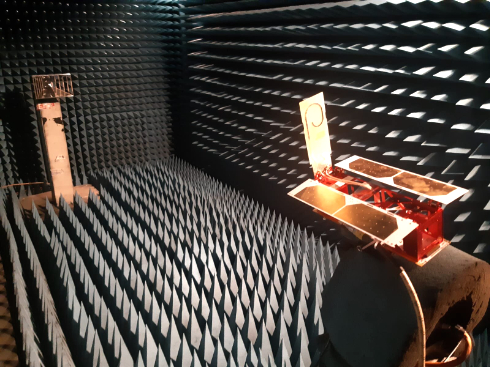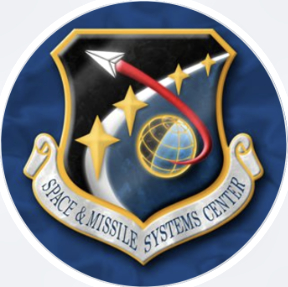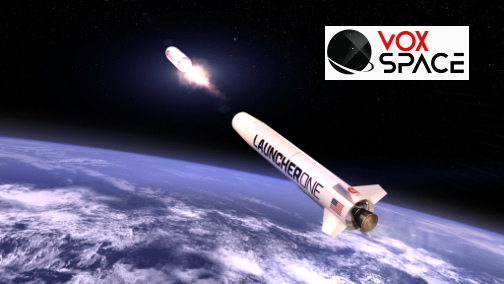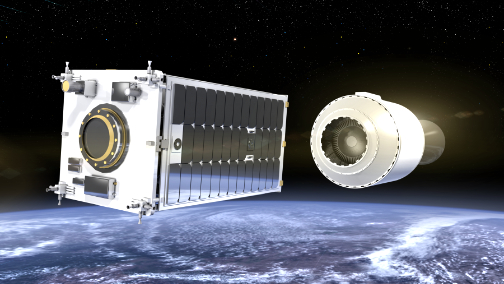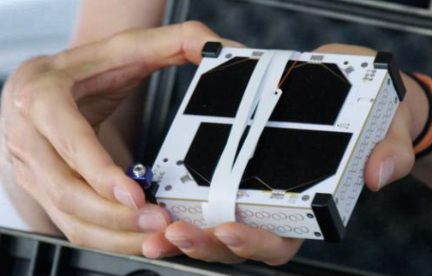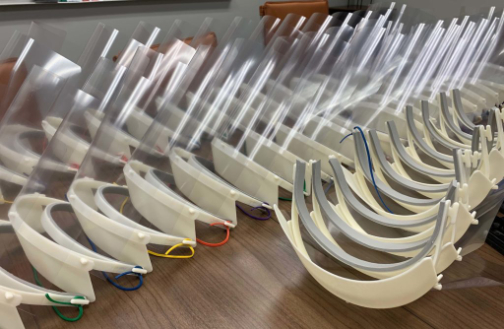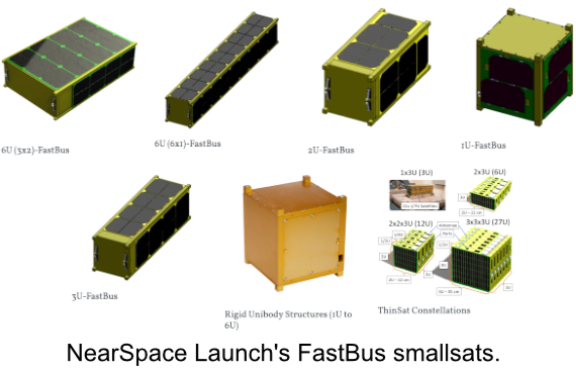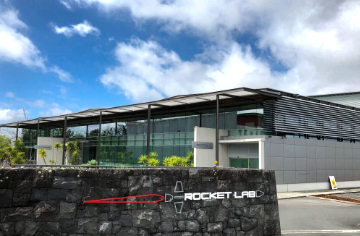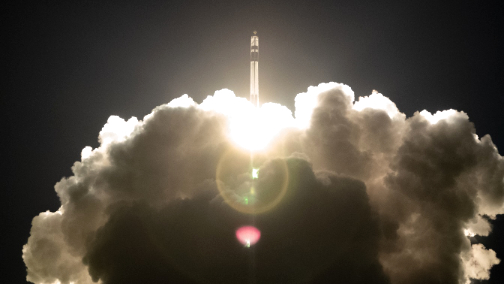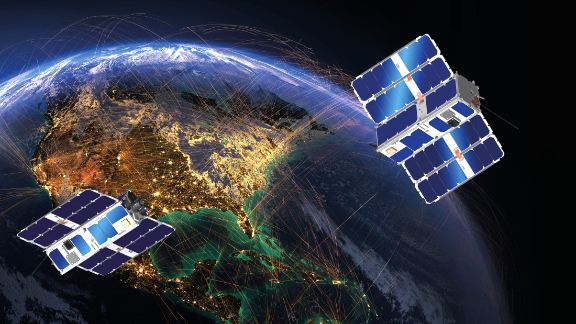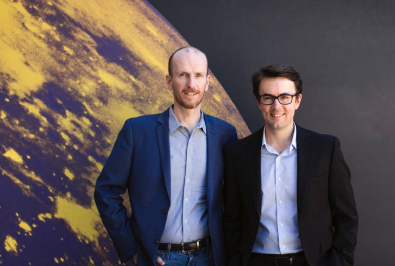
General Atomics Electromagnetic Systems (GA-EMS) has opened a new, modern spacecraft development, integration and test factory with state-of-the-art laboratories and secure facilities in Centennial, Colorado.
The 33,514 square foot facility triples GA-EMS’ capacity for satellite production, integration and testing for single to constellation-sized orders, and also houses an expanded mission operations center to support on-orbit satellite and customer payload commissioning and operations.
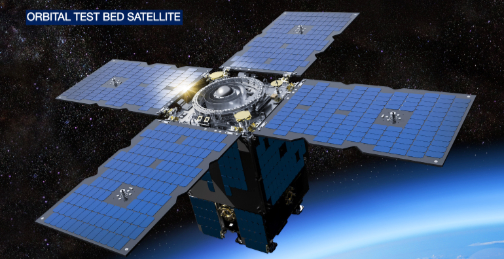
In particular, Evolved Expendable Launch Vehicle (EELV) Secondary Payload Adapter (ESPA) class satellites, such as GA-EMS’ Orbital Test Bed satellite launched in 2019, are large enough to viably perform a variety of missions including weather and environmental monitoring, and lunar and planetary exploration, while small enough to be developed swiftly and affordably in large quantities.
Scott Forney, president of GA-EMS, said Colorado is home to the nation’s second largest space economy and the company is excited to continue to expand development, production and mission capabilities in the region to meet the growing needs of the military, intelligence community, civil and commercial satellite communities. Over the last several years, the firm’s space portfolio has expanded to provide cost-effective design-to-on-orbit solutions offering a high degree of modularity and payload flexibility to suit a variety of mission needs and customer requirements. With this new, contemporary facility, the company can readily produce the quantities needed to meet the critical demand for small satellites in the rapidly growing space industry.”
Nick Bucci, VP of Missile Defense and Space Systems, add that this facility provides the ability to enhance the company’s portfolio of cost-efficient, flexible small satellite platforms, payloads, and integrated systems. GA-EMS has a history of development, integration, test and flight operations that are key to meeting the upcoming challenges to deliver constellation-sized missions to Low Earth Orbit and beyond. The firm’s highly experienced spacecraft engineers in Centennial are excited take on these unique challenges and deliver the innovative solutions that customers need.


